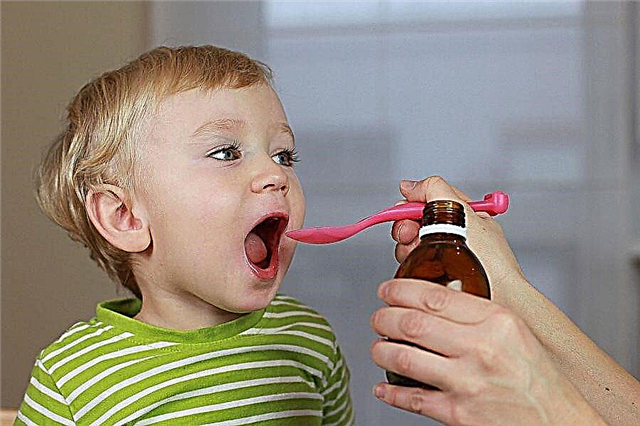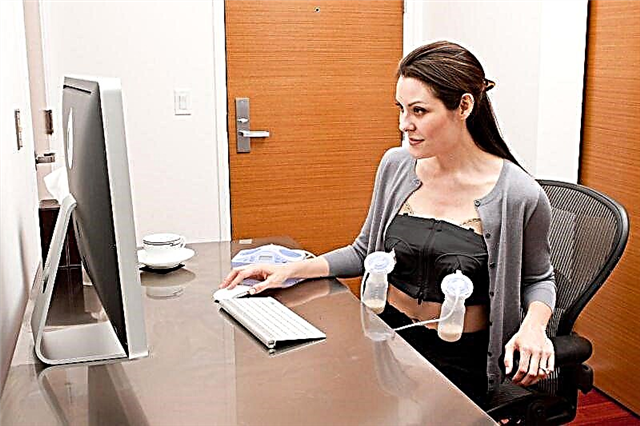
One of the most common reasons for referring to a pediatric cardiologist is pain in the child's heart. For most children, such pains are stabbing in nature, but they can also be pressing or pulling.
They are often identified by the child in the apex of the heart. In 80% of cases, the appearance of stabbing pains is preceded by a stressful situation.
Most of the pain in the heart in childhood is not associated with physical activity and does not radiate to other parts of the body. If you distract the child's attention or give him a sedative, the stabbing pains often diminish or disappear altogether. Why can they appear in a child and is this really a sign of heart disease?

Common causes
Most often, the pains that children and their parents take for heart pains have nothing to do with diseases of this organ. They can be a symptom:
- Intensive growth of the heart compared to the growth of blood vessels that supply it with blood. Such growth is noted at the age of 6-10 years. The pain caused by this reason more often appears in emotional and rather mobile schoolchildren who have an asthenic physique. In this case, cardialgias may appear after running or other exertion, and as soon as the child rests and calms down, they completely disappear.
- Vegetative-vascular changes that often occur during adolescence. They are manifested by stitching pains in the left side of the chest, which often occur at rest.
- Spine problems. Any pathology of its development, for example, scoliosis or early osteochondrosis, can provoke the appearance of pain in the chest, which the child associates with the heart.
- Neurosis or other problems with the nervous system. If the nervous system is affected, pulling or stabbing pains appear in the region of the heart after physical activity or emotional manifestations.
- Gastrointestinal pathologies. Cholecystocholangitis or dyskinesia of the pathways through which bile is excreted can respond to pain in the chest. At the same time, many children cannot determine the exact source of pain, pointing to the chest if the stomach hurts.

As for diseases of the heart and blood vessels, in childhood pain can manifest itself:
- Myocarditis. It is often a complication of SARS and influenza.
- Rheumatism. This disease usually develops in children a few weeks after streptococcal sore throat.
- Pericarditis. Pain with this disease can occur with breathing and coughing. Also, the child complains of a feeling of pressure behind the breastbone.
- Anomaly of the coronary vessels.
- Certain heart defects, such as aortic stenosis or tetralogy of Fallot.
- Endocarditis. This disease is triggered by bacteria.
- Aortic aneurysm.
- Cardiomyopathy.
Note that with myocarditis and rheumatism, pain in the heart is not the only manifestation of cardiac pathology. The child develops symptoms of intoxication, high fever, sensations of interruptions in the work of the heart, pain in the joints and other signs.
In 30% of children who underwent open heart surgery, dull pains appear after a few weeks, which is associated with opening the heart during surgical treatment.
What to do?
Isolated episodes of pain in the heart should not cause worries, but in the case when a child has pain or stabs in the heart area repeatedly, it is worth going to a pediatrician or pediatric cardiologist with him. The doctor will prescribe additional studies, including ECG and ultrasound. These are fairly informative and safe methods that are easily tolerated by children. If necessary, the child will also be referred to other specialists, for example, a neurologist or gastroenterologist.

An immediate consultation with a cardiologist is required by children whose heart pains are accompanied by other painful symptoms, for example, fever, joint pain, weakness, fainting. With such manifestations, it is important to do tests and the necessary examinations, after which it is imperative to start treating the child in compliance with all the measures prescribed by the cardiologist.
In the next video, Dr. Komarovsky will tell you for what reasons he can hurt and stab in the chest, and what to do with these sensations.



